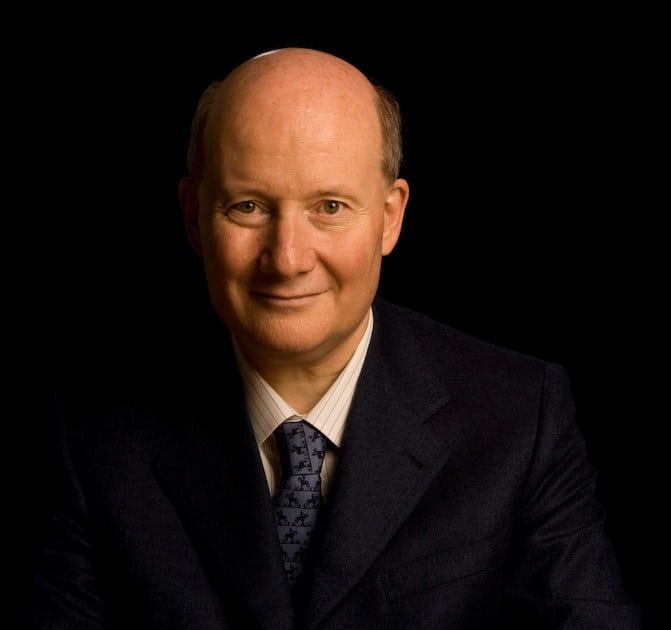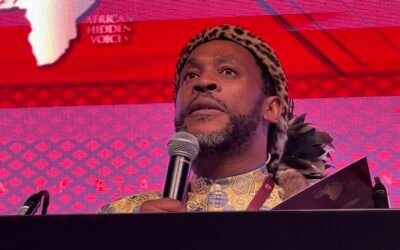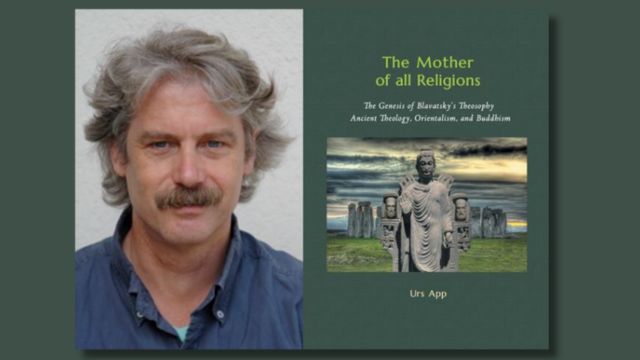In the 19th century, Turin was conquered—for a time, more than other Italian cities—by the fashion for spiritualism.
by Massimo Introvigne*
*Lecture in the City Council Chamber of Settimo Torinese (Turin), January 18, 2025.
Article 2 of 4. Read article 1.

A second line that emerges in the proliferation of episodes of “alternative spirituality” in nineteenth-century Turin would like to attract the attention of official science—and sometimes got it—but it also did not disdain the company of the so-called occult sciences. It was the line of genuine occultism and spiritualism—siblings sometimes collaborators, often enemies—that represented an important presence in Turin from the beginning of the 19th century. We can see these interests coming into being with the Turinese who began to follow the esoteric style of thought at the end of the eighteenth century, in the interweaving of the Enlightenment and the illuminati who, like the medical doctor Giraud, took the road to Lyon. They went to drink in the transalpine city to the mysteries of an esoteric Freemasonry and of a philosophy of universal reintegration transmitted by Jacques Martinez de Pasqually and Louis-Claude de Saint-Martin and popularized by Jean-Baptiste Willermoz (in whose milieu messages were received from the usual magnetized “somnambulists”).
With Napoleon’s expedition to Egypt, it would be what has been called “Egyptomania” (or in a less negative sense “Egyptosophy”), the ambiguous cousin of Egyptology, that would fascinate not a few Turinese and launch them on the track of the esoteric rediscovery of themes from ancient Egypt. In Italy, they had already fascinated Cagliostro and the Neapolitan hermeticism of the late 18th century.
A Piedmontese from Castellamonte, Antonio Lebolo, an archaeologist for profit in Egypt in the wake of Drovetti, discovered and sold some mysterious-looking papyri that are now known to millions of people since, purchased after several passages by the founder of the Mormons, Joseph Smith, they were interpreted by him as the “writings of Abraham” and are now part of the “Pearl of Great Price,” one of the sacred scriptures of Mormonism.
In the following decades, while occult interests did not wane, spiritual interests grew, again because of the proximity to the France of Allan Kardec, the father of European Spiritism. In 1856 the first Italian Spiritist society was formed in Turin. It included the vice president of the House of Deputies, Gaetano Demarchi. However, he did not assume the presidency of the Turin Spiritist group, this role being appropriately reserved for a spirit. Heir of this first circle was the Turin Society of Spiritist Studies, founded in 1863, which began publishing in 1864 the famous “Annali dello Spiritismo in Italia.” The animator of the group was a printer and medium, Enrico Dalmazzo (writing under the pseudonym Teofilo Coreni). The group continued to be very close to power. In 1865, Vincenzo Scarpa, who was secretary to the Prince of Carignano and had been secretary to Prime Minister Cavour, took over the editorship of the “Annali” under the pseudonym of Niceforo Filalete (an allusion to his Masonic activities).

Without making it too widely known, writer and Prime Minister Massimo d’Azeglio also frequented Spiritists. He assured a friend that he had “seen things, which I would have believed impossible,” “and you know,” he added, “that I am not an easy believer.” In the last years of his life, d’Azeglio was visited by the spirit of Cavour, who, no less severe with him than he had been in life, forced him to strenuous “exercises” without transmitting to him “concepts” for which he claimed he was not yet mature. “I always write exercises, and Cavour says, be patient and I will succeed! (…) But writing concepts I still cannot. Who would have told me, twenty years ago, that I would believe I do not say in spirits, as I have always believed in the immortality of the soul, but in direct communications of spirits!!!”
The Spiritist tradition also continued in Turin throughout the century, and exploded with the resounding conversion of the city’s most famous positivist, Cesare Lombroso, who after remaining a skeptic for a long time capitulated in 1891 in Naples in front of the most famous medium of his time, Eusapia Palladino: “I am very ashamed and sorrowful,” he wrote at the time, “to have fought so tenaciously against the possibility of the so-called Spiritist facts; I say facts, because I am still opposed to the theory. But facts exist, and I of facts boast that I am a slave.”
Later, after the facts, came the theory, and Lombroso became the most convinced Italian popularizer of Spiritism. His texts still circulate today, translated into English, in the United States. Nor did Italian Spiritism end with the heyday of Eusapia Palladino. At the beginning of the 20th century its splendor was renewed in Turin by physician Enrico Imoda, who until his death in 1911 guaranteed national fame to the medium he “discovered,” Linda Gazzera. A few years later it would be the turn of Libia Martinengo, from whose milieu, which organized itself into the “Spiritualist Idea” group, passed almost all the characters who played a role in the esoteric Turin of the twentieth century. And closer to the present day, one cannot forget the parapsychological “phenomena” of Gustavo Adolfo Rol, who was at the same time different and somehow the heir of this tradition. His fame spread abroad and he found faithful admirers even in the United States.

Rol was a character both hostile to spiritualism and who cannot be ignored when it comes to the realities inspired in Italy by the experiences of parapsychology. Rol’s paranormal phenomena fascinated entire generations and moved and amazed many of the world’s greats. The many who knew him well carry with them the memory of an honest, unselfish man who never asked for money, indeed contributed generously of his own to charitable causes close to his heart. A great gentleman, Rol kept himself on the fringes of academic parapsychological research, so that today we have no scientific studies on Rol of the kind conducted at the University of California and elsewhere on other psychics of the 20th century.
Rol was moreover annoyed by those who were exclusively interested in his “phenomena.” In 1975, he wrote: “After so long I have built nothing in you; I have only filled many hours of your boredom, I have given you a show (…). At least a little attempt you might have made, that of moving toward me or at least toward the highest things I show you—blind, selfish, indifferent to what is going on.”
But what were the “highest things” that Rol “showed”? He was often fond of saying that his teaching would not be made known until after his death, and indeed it is only in recent years that unpublished documents have begun to surface. Rol said he was a believing and practicing Catholic, and certainly his admirers included many Catholics, some of them well-known and distinguished. There is no reason to doubt his good faith. However, esoteric interests also emerge in his published writings, including for Rudolf Steiner’s Anthroposophical Society, of which Rol was never a member but which his brother Carlo, who emigrated to Argentina, frequented in Buenos Aires. We can thus see even in Rol, long after the nineteenth-century flowering, the torch of alternative spiritualities somehow still shining.

Massimo Introvigne (born June 14, 1955 in Rome) is an Italian sociologist of religions. He is the founder and managing director of the Center for Studies on New Religions (CESNUR), an international network of scholars who study new religious movements. Introvigne is the author of some 70 books and more than 100 articles in the field of sociology of religion. He was the main author of the Enciclopedia delle religioni in Italia (Encyclopedia of Religions in Italy). He is a member of the editorial board for the Interdisciplinary Journal of Research on Religion and of the executive board of University of California Press’ Nova Religio. From January 5 to December 31, 2011, he has served as the “Representative on combating racism, xenophobia and discrimination, with a special focus on discrimination against Christians and members of other religions” of the Organization for Security and Co-operation in Europe (OSCE). From 2012 to 2015 he served as chairperson of the Observatory of Religious Liberty, instituted by the Italian Ministry of Foreign Affairs in order to monitor problems of religious liberty on a worldwide scale.



